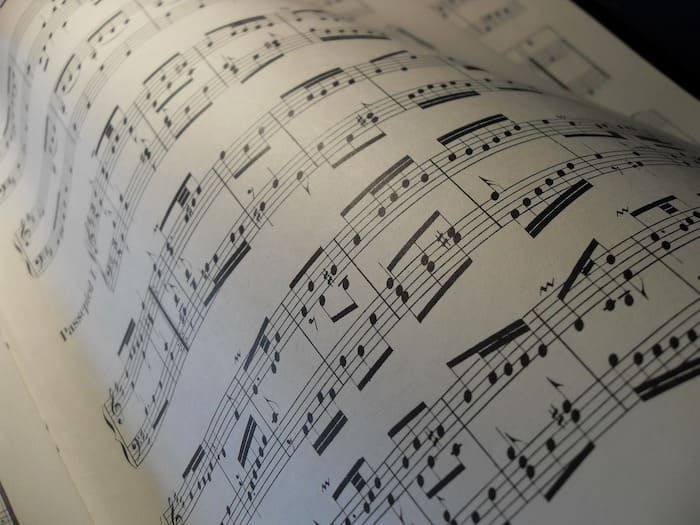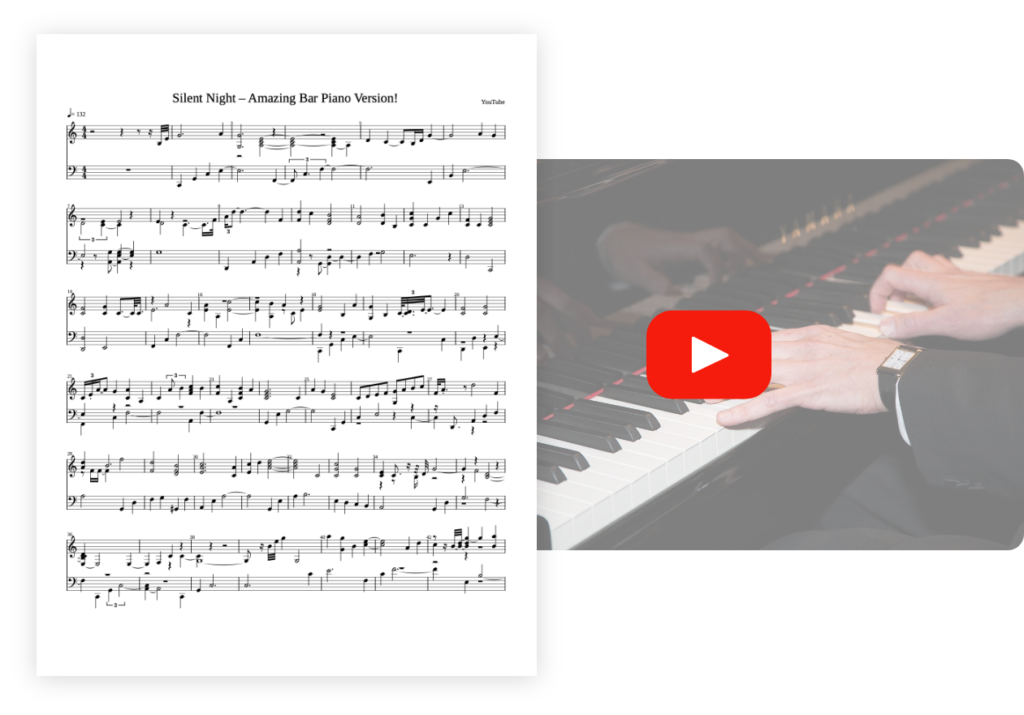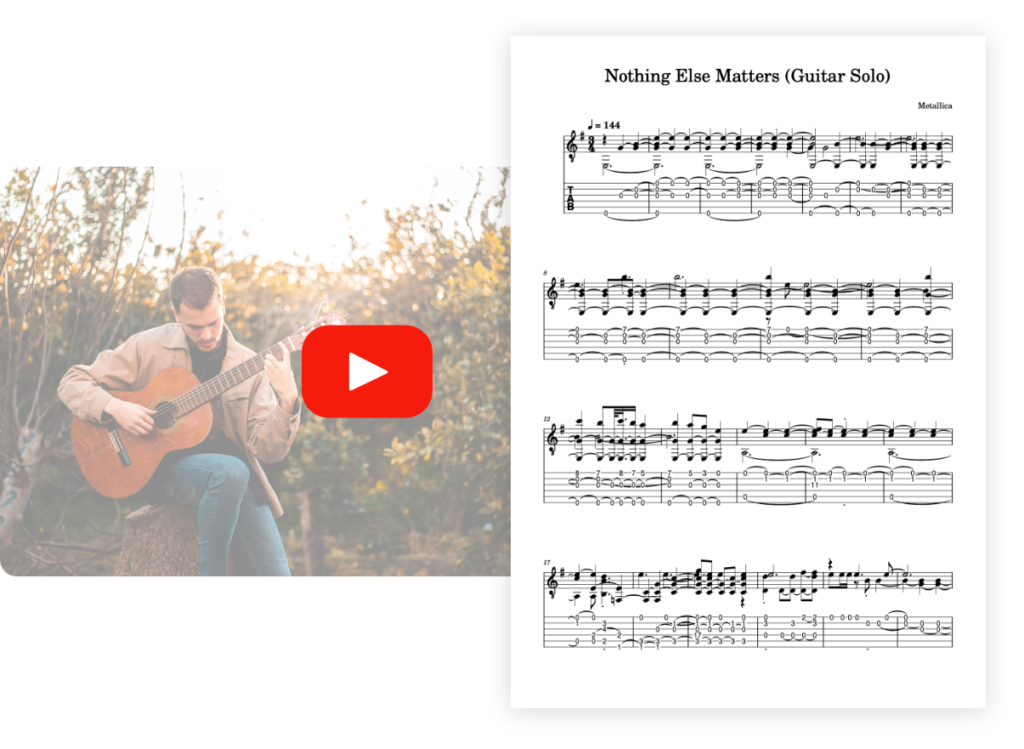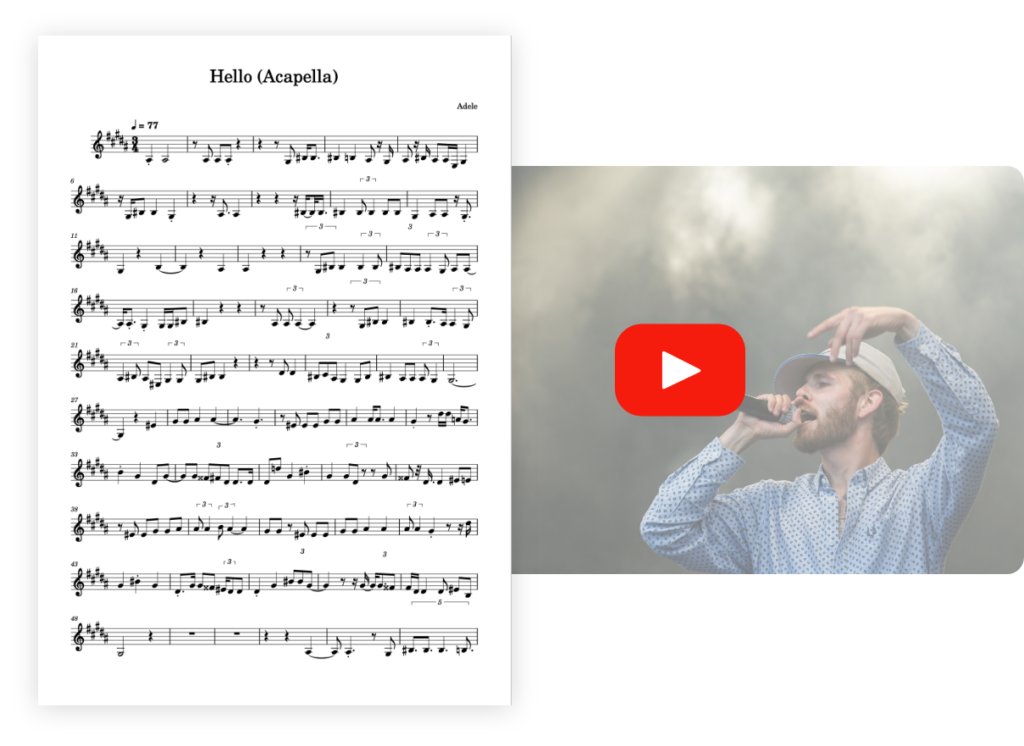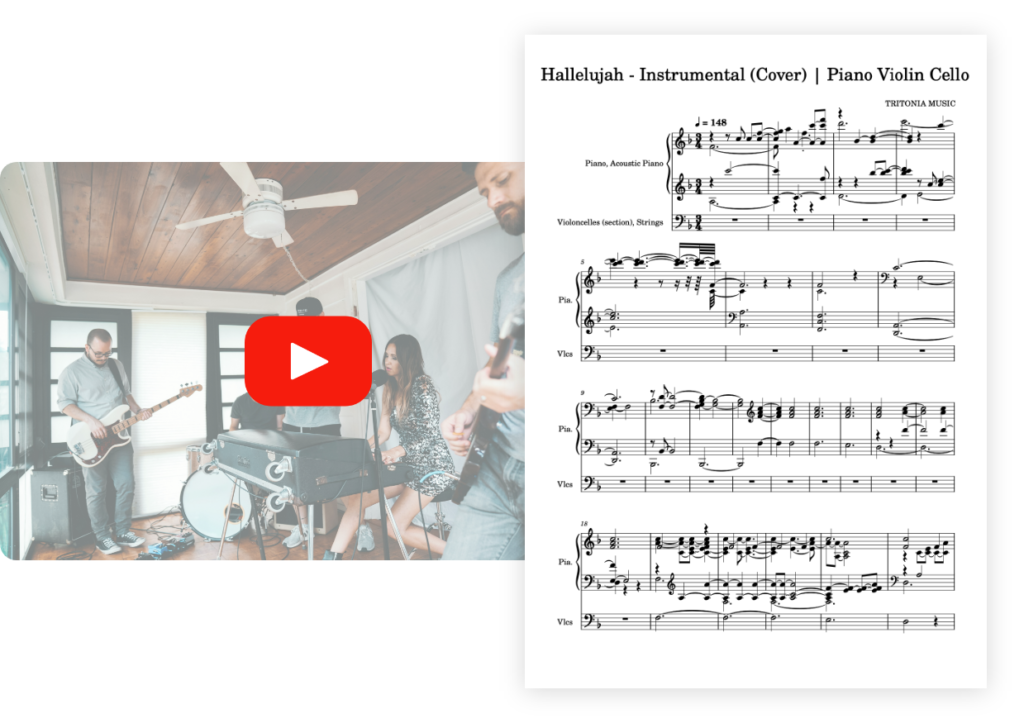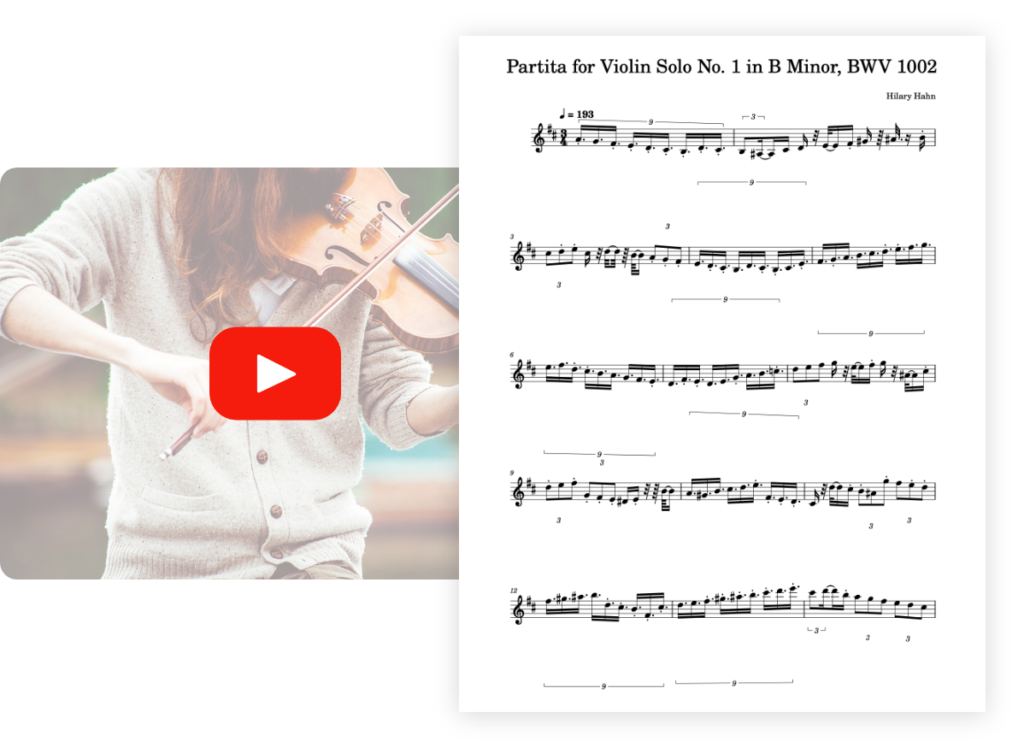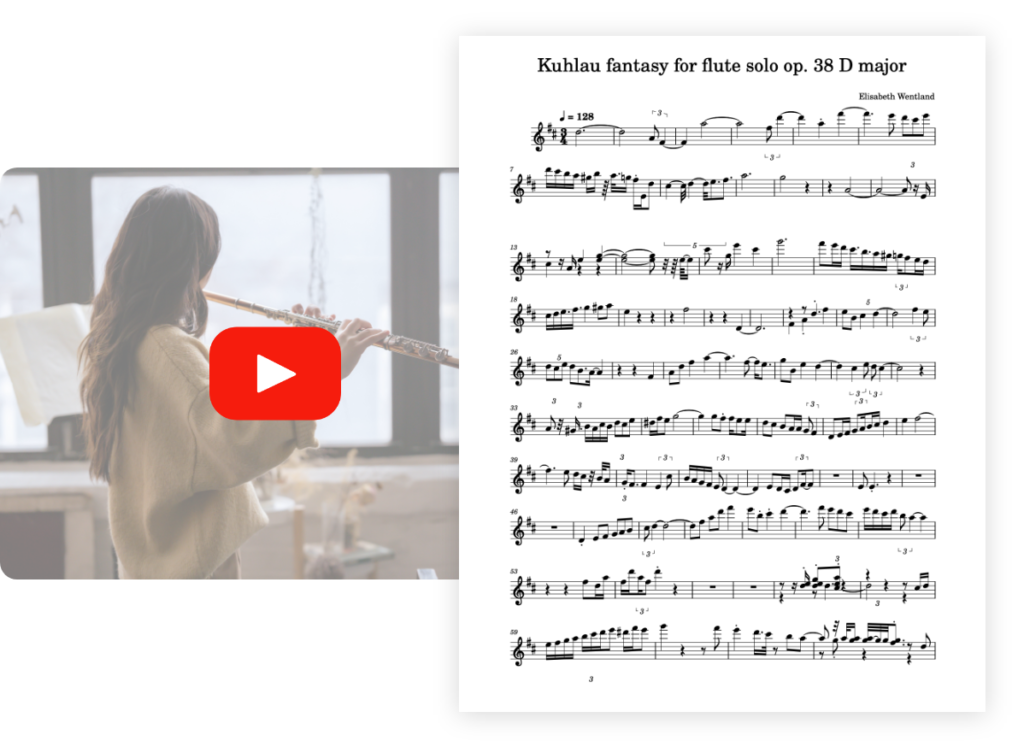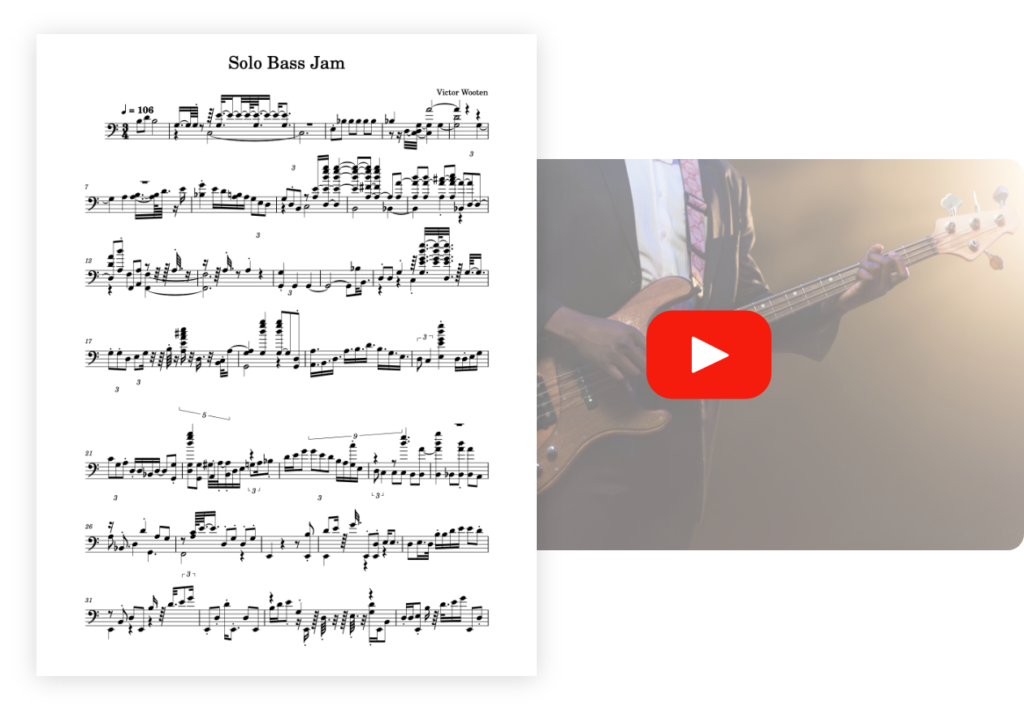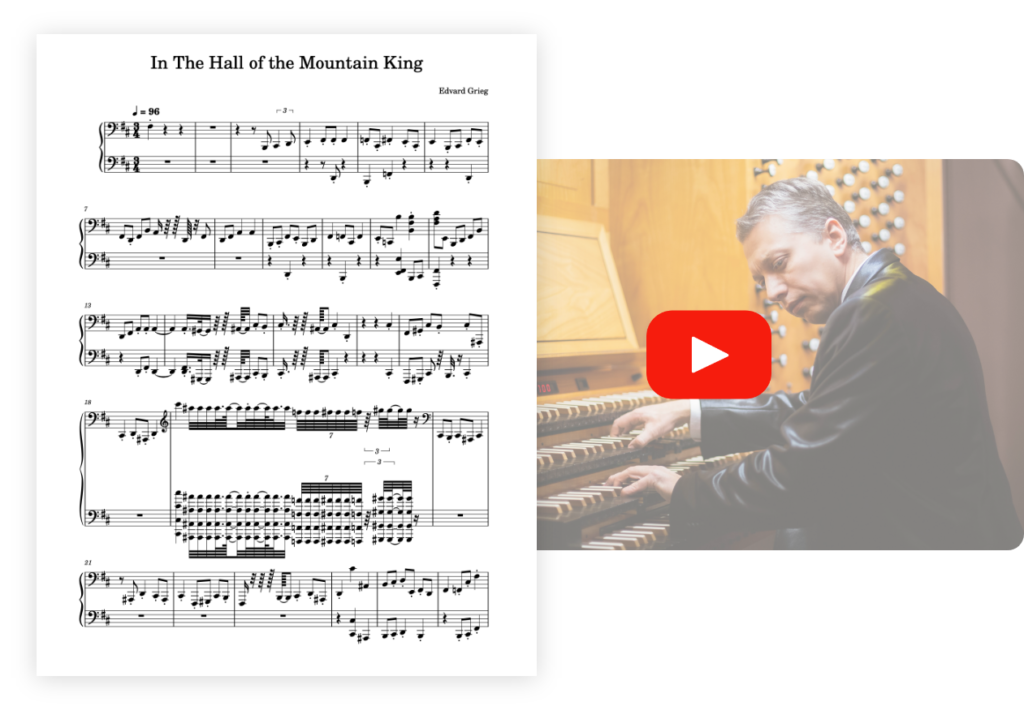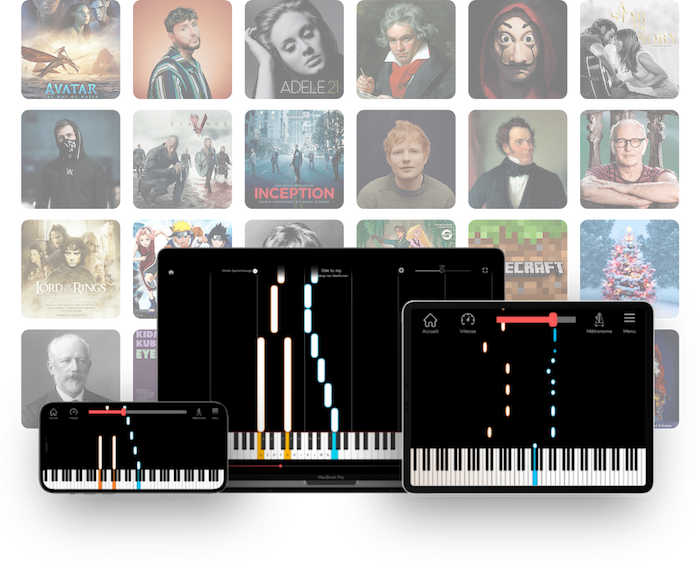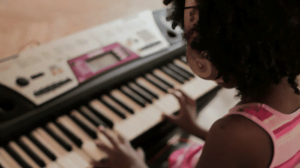What is a piano note?
Definition and generalities
A piano note is first and foremost a symbol that is affixed to a document (called a “score”) and whose purpose is to represent the two main components of a sound: its duration and its pitch.
The piano note is the very foundation of music theory and music theory. Everything is based on it. It determines the way to play, the velocity, the duration, the nuances, the rhythm, and much more.
It allows any musician who knows how to decipher it to be able to play it right away on the instrument, including the piano. It also allows to write music. Widely used by composers, the piano note offers an ineffaceable trace of the work and is reproducible by other musicians who know how to read it.
Composition of a piano note
The anatomy of a note is composed of three parts:
1 – The head
2 – The stem
3 – The flag
These three elements determine a lot about the nature of the note, which we will see towards the end of this article.

The concepts of scores and staves
Piano notes are most often associated with the concepts of score and staff. To read the notes on piano sheet music, one must first know the concept of a staff.
Contemporary music notation is called staff notation. It is characterized by a set of five horizontal lines and four spaces, each representing a different musical pitch.
Musical symbols (such as piano notes) are placed on the staff in different places according to their pitch and function.

Notes on the staff can be placed either on the lines or between the lines, i.e. in white spaces. Their location indicates the precise note you should play when it appears on the staff.
Why are piano notes important?
Some people will tell you that knowing how to read notes on sheet music is not essential to play music. And it is true.
Many famous artists (John Lennon, Hans Zimmer, Jimmy Hendrix) were self-taught and did not know how to read piano notes. This did not stop them from learning the instrument quickly. But you should know that if you don’t do this, you will find yourself limited in your learning quite quickly. There are several reasons for this. We will explain them to you below.
You can play whatever you want
Imagine that you could read piano notes. You could take any sheet music of the song you wanted, and play it right away on your instrument.
Just as you can read a text in front of you, you could play the song just as easily. Compared to a learning method that works with memory, this is a huge time saver.
You can write down what you play
Have you ever made up a tune in your head and hummed it? If so, you have already composed your own song! When it comes to music composition, knowing how to read (and therefore write) series of piano notes is fundamental. Why? Simply because you can write down your song to make sure you never forget it and so that other pianists can also perform it.
But writing a song on a score with notes is also a way to structure your work. It is as if you had to imagine a text that you invented without writing it down. When you write, you are constantly reminded of the previous sentences you have written to help you build the rest of the story. With music composition, it’s exactly the same thing. Writing the song helps you structure it and give it its full potential.
You speak the same language as the other musicians
If you speak the same language as the people you are talking to, you can understand them and they can understand you.
If you can read a score, you can discuss and debate with other musicians. In this way, you can benefit from the advice of your peers in order to progress or even help others progress by giving your own advice. Playing the piano is not only an activity, it is also a community.

The names of the piano notes
In the music notation system, each note has a specific name, which can vary from country to country. Indeed, the English speaking system does not have the same notation as the Latin system.
The English speaking countries (United States, England, …) use the oldest names of the piano notes, using the first letters of the alphabet and inspired by Antiquity.
Latin countries (France, Italy, …) use a more recent system to name the notes, inspired by Latin songs from the middle ages.
To familiarize yourself with the names of the notes and their international correspondences, you can consult the following table:
| English notation | Latin notation |
| C | Do |
| D | Ré |
| E | Mi |
| F | Fa |
| G | Sol |
| A | La |
| B | Si |
The location of notes on a piano keyboard
Before we get to the heart of the matter and discuss the music notation system, it is important to know how to find your way around a piano. We will briefly look at the location of the different notes on a keyboard. This way, you will be able to play them more easily on your piano when you know how to read a score.
The white keys
Let’s start with the simplest: the white keys. On a “classical” piano, there are 88 piano notes. Each note produces a specific sound. However, there are only 7 note names for the white keys: C, D, E, F, G, A and B. Once we get to B, the next white key is C. And this recommends next.
You can locate C by looking at the black keys on the piano. You can see that the black keys are made up of groups of two or three:

C is the white key that is always to the left of a group of two black keys.

Now that you know how to find the note C on the piano, all you have to do is move up one more white key each time to find D, then one more key to find E, and so on until you reach the C on the right.

The black keys
Now that you know how to identify the piano notes affiliated with the white keys of the piano, you also need to know what the black keys are. You should know that there are two main names given to the black keys, depending on whether you are “going down” (right to left) or “going up” (left to right) on the piano.
The sharp notes
We call the black keys “sharps” when we go up on the piano, that is to say when we play notes more and more to the right of the piano one after the other. In this type of movement (called “ascending”), the black keys are sharps and are written #.
The sharps are always associated with a note of a white key: C, D, E, F, G, A or B. We speak of C sharp (or C#), D sharp (D#), … In an ascending movement, the black key (sharp) will always have the name of the white note to its left. For example, in a group of two black keys, the left black key will be named C# since the white key on its left is the note C.
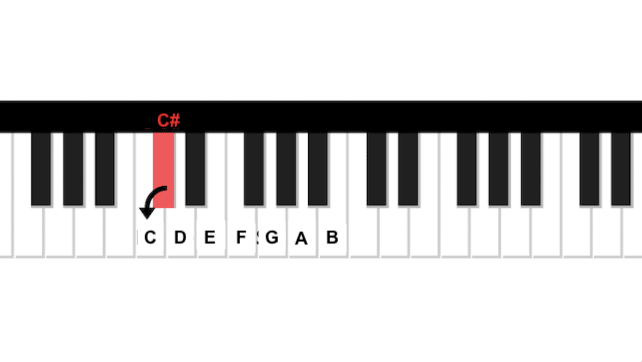
This rule is then always the same for all the notes of the piano. The black keys in sharp (ascending scale) will always have the name of the white key to their left.

The flat notes
We call the black keys “flats” notes when we descend on the piano, that is, when we play notes further and further to the left of the piano in succession. In this type of movement (called “descending”), the black keys are therefore flats and are written♭.
As with sharps, flats are always associated with a note on a white key: C, D, E, F, G, A or B. We speak of D flat (or D♭), E flat (E♭), … In a descending movement, the black (flat) key will always be named after the white note to its right. For example, in a group of three black keys, the left black key will be named G♭ since the white note to its right is the note G.
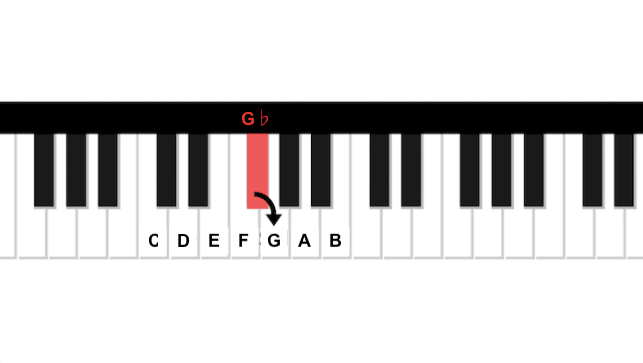
As with sharps, note that this rule is then always the same for all notes on the piano. The black keys in flat (descending scale) will always have the name of the white key located to their right.
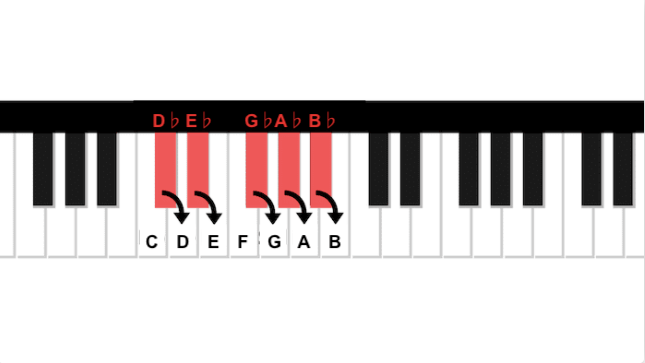
Piano notation: knowing how to find your way on the score
Now that you know how to identify notes on a piano keyboard, we will now look at the piano basics notation on a score. We will mainly talk about the constitution of a score: where are the hands, the different types of notes, the spaces, the middle C, …
These are very basic notions but very useful to start reading piano notes on a score and to play some notes on the piano (or other instruments) in the best conditions.
Hands on staff
On the score, the first step is to identify where the hands are located. Indeed, each hand will have its own space on the score and you will be able to easily differentiate the notes you will have to play with the left hand from those of the right hand.
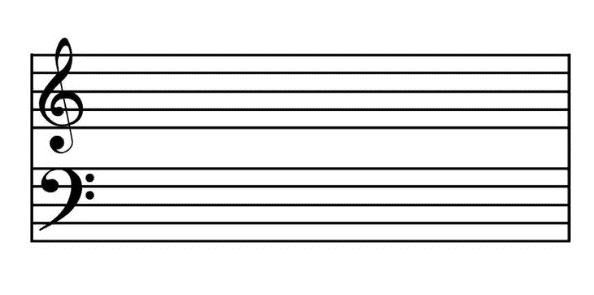
On the score, you can see that there are two different staves, each composed of 5 lines. The upper staff is called the treble clef and is usually played with the right hand. The lower staff is called the bass clef and is usually played with the left hand.

Bottom of the staff: bass clef for the notes of the left hand.
If you want to start by working only on the right hand of a song, then you should focus only on the notes in the treble clef (top staff).
The middle C
To help you find your way around the staff and identify the notes to be played, you should first focus on identifying middle C. Finding middle C is very important for orientation on a piano keyboard. The same is true for the score. Middle C gives you a reference point that will help you identify the position of the other piano notes on the staff.
Middle C is in the center of the score, between the two staves, on an imaginary line.

This is the scale of C major in the key of G. We took this example because it is a simple illustration of what we mean.
So, when you start reading piano scores and deciphering the notes on them, the best way to orient yourself is to always start with middle C. This will make it easier to play the following notes or piano chords. This will make it easier for you to play the following notes or piano chords. Now that you have your first guide, let’s see how to identify the other notes on the staff.
The location of the piano notes on the staff
Being able to identify the notes on the staff of a score is to begin to master the basics of music theory. It is therefore a very important knowledge that you need to acquire in order to progress very quickly in the musical theory and the practice of your instrument (piano, guitar, flute, …).
Pitch of the notes
On the staff, notes can be located either on a line or between lines, in white spaces. The head of the note (the black ball) indicates its actual position on the staff. The higher the note is on the staff, the higher its pitch will be. More concretely, imagine that you have your score placed on your piano. The higher the note is on the staff lines, the more you will have to move your hand to the right of the piano keyboard.
When you move one note up on the right side of your piano, you move one level up on the staff. Note that a level can be a line or an empty space. For example, if you want to do E – F – G, the E will be on the first line of the staff, the F will be on the blank space just above it and the G will be on the second line of the staff:
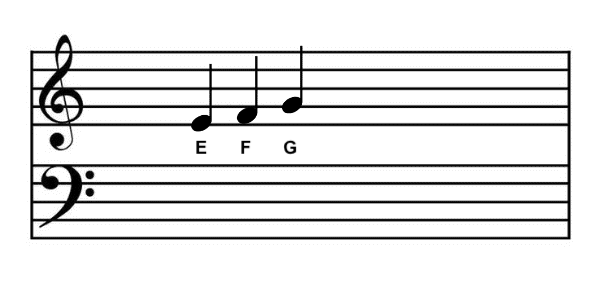
For a more comprehensive presentation of this pitch system, you can refer to the diagrams below. These four diagrams show the position of each piano note on the staff for the treble and bass clefs. You will notice, as explained above, that every other note is on a line of the staff. Similarly, every other note is located in the spaces between the lines, i.e. in the white spaces.
For the treble clef, this gives :


For the bass clef, it is :


These diagrams are presented as an illustration and allow you to have a better idea of the location of each note on the staff. They also allow you to better understand the pitch system through the “lines” and “spaces” levels. On the other hand, if we remove all the notes and leave only one of them, you will inevitably have difficulty identifying it at first, and this is quite normal. This is why there are different techniques in music theory to help you identify the notes on the score more easily (and quickly).
Identify notes from middle C
To facilitate our understanding, we will concentrate in the following example only on the treble clef (the right hand). Let’s play all the notes starting from middle C on the score. Remember to always start with middle C to orient yourself on the staff (at least at the beginning of your learning of piano notes).

Let’s look at the beginning of this sequence of notes. We notice that our middle C is two levels below the first line. The note D is one level below the first line. Finally, as we saw above, the note E is the note on the first line of the staff. You can use this sequence C – D – E as a reference point for the sequence of notes and their position in the staff. For your information, the orientation (up or down) of the note tails is not important. To identify the notes, only their “head” counts and the logic will always remain the same.
To better understand the notes on a score, we also suggest you to watch the very good video tutorial Reading Sheet Music (Key Signatures, Time Signatures, Rhythm, Notes and rests) :
In summary, the secret to reading notes on a staff is to proceed in stages.
First of all, you have to translate the score:
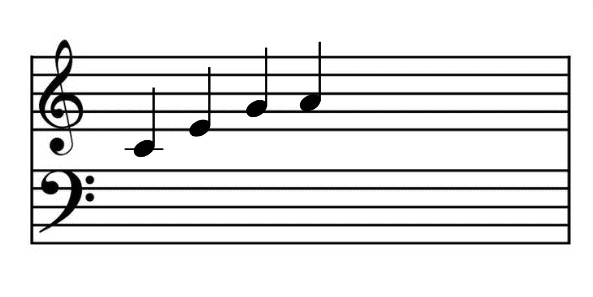
With the series of notes present on the staff, we can deduce that it is the following sequence: C – D – G – A.
Once we have deciphered the score and identified the notes, we must execute the sequence on the piano keyboard:

Identify notes from G and F
There is also another technique that allows you to identify the notes quite easily on the staff. This one is based on a first step which is the identification of the G (for the G clef) and the F (for the F clef).
Indeed, the clef tells us the name of a note, which itself gave its name to the clef.
The center of the G clef symbol actually shows us the precise location of the note G on the staff.

Similarly, the center of the F clef symbol indicates the location of the F note on the staff.

Like the technique of identifying piano notes from middle C, this technique allows you to recognize the notes on the staff more quickly. It may even be more practical in that the “reference” note is located in the center of the staff, making it easier to identify the notes before and after it.
When playing the sheet music, pay special attention to your piano fingering (finger numbers are often noted above each note).
Intervals and alterations
In music theory, it is also important to be familiar with the notions of interval and alteration in order to fully understand the different concepts you are addressing.
Know the concept of interval
The interval is simply the distance between two notes. This distance is not always the same and depends on the distance between two notes. If a black key on the piano separates two white keys, the distance between the two white keys will be greater than if two white keys are placed directly next to each other, with no black key in between.

The interval is simply the distance between two notes. This distance is not always the same and depends on the distance between two notes. If a black key on the piano separates two white keys, the distance between the two white keys will be greater than if two white keys are placed directly next to each other, with no black key in between.
The interval between two piano notes is either called a “tone” or a “semitone”, depending on whether a black note separates the two white notes. The method of calculating the interval is very simple: each key (white as well as black) is worth one semitone. When you want to know the interval between two keys, you simply count all the keys that separate them one by one, adding up the semitones.
Let’s start with a simple interval between two glued keys. For example, the interval between C and D is one tone, since the quarter note separates the two notes. Conversely, the interval between E and F is only a semitone, since there is no intermediate note between them.
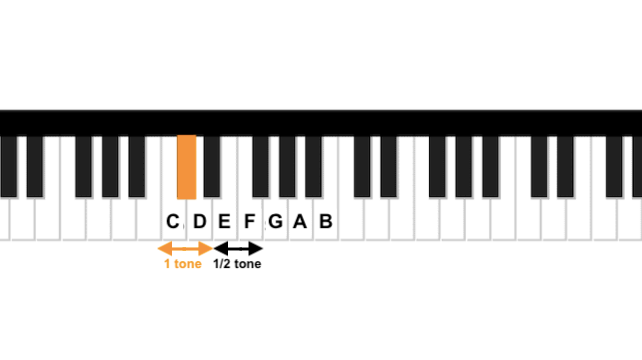
Simple enough, isn’t it? Now we’ll calculate the interval between C and F in the same scale, counting the number of notes between them, and always counting a semitone per note, including the black keys.
The interval is simply the distance between two notes. This distance is not always the same and depends on the distance between two notes. If a black key on the piano separates two white keys, the distance between the two white keys will be greater than if two white keys are placed directly next to each other, with no black key in between.
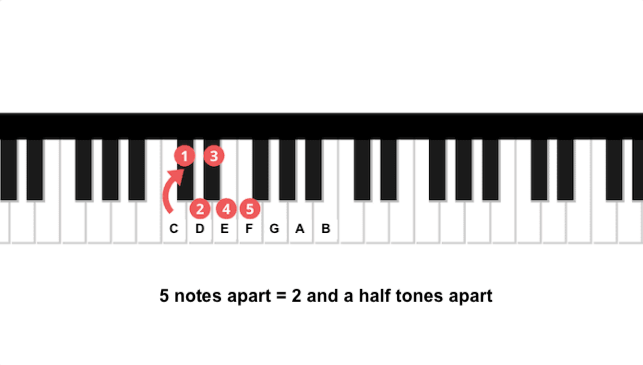
Between C and F of the same chromatic scale, the interval is two and a half tones, because 5 notes separate them.
You should also know that each interval has a name according to its distance. Let’s take the C scale for example. When we start from the note C, we find the following intervals:
– C – D : 1 note apart = the second ;
– C – E : 2 notes apart = the third;
– C – F : 3 notes apart = the fourth;
– C – G : 4 notes apart = the fifth;
– C – A : 5 notes apart = the sixth;
– C – B : 6 notes apart = the seventh;
– C – C : 7 notes apart = the octave.

And this is valid for all ranges. An interval of a similar distance will always be called the same way. For example, an interval of two notes apart will always be called a third, no matter if you start from C, D, E, …
Alterations
Alterations are a term that refers to a rise, fall or cancellation of a sound from the black keys of your piano. There are three types of accidentals:
– The sharp: it raises the sound of the note by a semitone;
– The flat: it allows to lower the sound of the note by a semitone;
– The naturals: it allows to cancel the effect produced by the sharp or the flat.

On the staff of a score, the symbols of the accidentals are always placed in front of the altered note. For example, G sharp will be written :

Thus, when we have to play the chromatic scale of ascending C by playing the accidentals (with the sharps), it gives on the score and the piano keyboard :
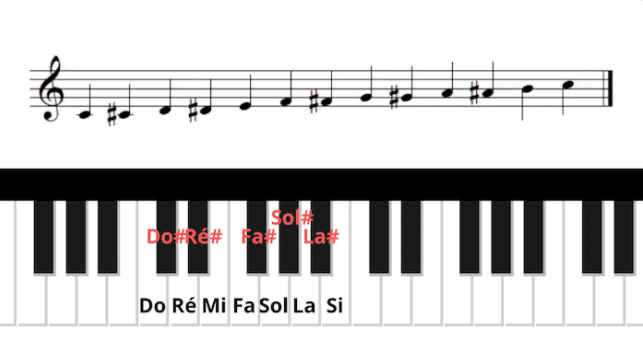
In the same way, when we have to play the descending chromatic scale (with the flats this time), it gives on the score and the piano keyboard :
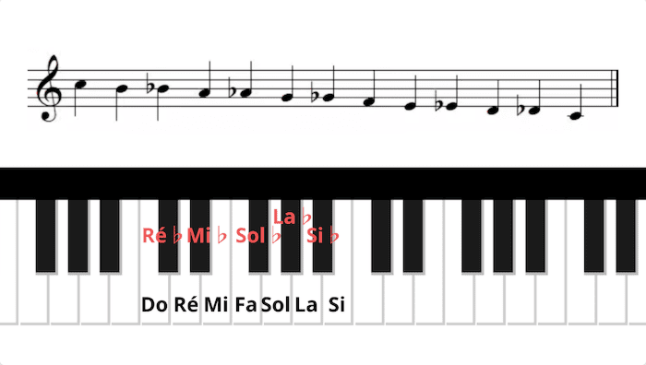
The timing of the piano notes
As we have seen, the location of the piano notes on the staff tells us which note we should play on our piano keyboard. But in order to play correctly, we also need to consider the time of the note.
Master the concept of tempo
A beat is actually based on the notion of tempo, which represents the speed of the pulsations of the music. What is a pulse? It is simply a regular beat that tells us at what precise moment time begins. The tempo is measured in a particular unit called “beats per minute” (or BPM), which reveals the number of beats contained in 60 seconds. Of course, the more beats you increase the number of beats in a minute, the faster the song will be. Generally, musicians use an object called a metronome to measure the tempo and work in the right time.
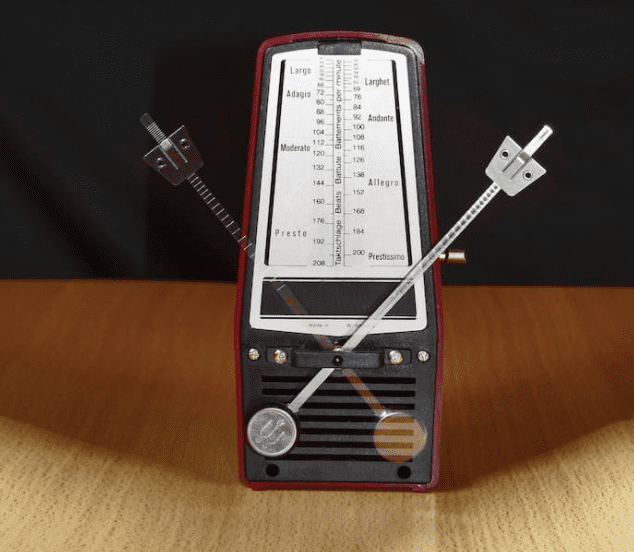
Knowing the note patterns
In music, time is symbolized by specific note shapes, called “note patterns”. There are nine main note (and therefore time) symbols. When moving from one symbol to another, the duration of the note is halved:
1 – The square note
A square note is symbolized by two parallel vertical lines crossed by two other horizontal lines in their center. The square note is worth 8 beats:

2 – The whole note
A whole note is symbolized by an empty circle without a tail (the round) and is worth four beats. Two whole notes are worth the same time as a single square note:

3 – The half note
The half note is symbolized by an empty circle with a tail and is worth two beats. Two half notes are worth the same time as one whole note:

4 – The quarter note
The quarter note is symbolized by a full circle (black) with a tail and is worth one beat. Two quarter notes are worth the same time as one half note:

5 – The eighth note
Notes that are shorter (in terms of time) than quarter notes have a special symbol called an eighth note. Each eighth note at the end of the tail reduces the value of the beat by half.
An eighth note is symbolized by a complete circle with a stem and a flag at the end. It is worth half a beat. Two eighth notes are worth the same time as a quarter note:

6 – The sixteenth note
A sixteenth note is symbolized by a full circle with a tail and two eighth notes. It is worth a quarter beat. Two sixteenth notes are worth the same time as one eighth note:

Summary table of note patterns
To help you better identify the note figures and their associated tenses, you can consult our summary table below:

To help you better understand and learn the different patterns of musical notes, you can watch the very good following video about Music Theory and Note Duration :
Knowing the rest patterns
If knowing the duration of piano notes is important, it is equally important to know the duration of rests. A rest is nothing else than a musical symbol that indicates the interruption of the sound (produced by the notes). Each of the forms of notes discussed above has its twin in the rests in terms of duration. You will find thus :
1 – The whole-note rest
The pause symbol is always placed on the fourth line of the staff (from the bottom). It corresponds to the value of a round and is worth 4 beats. This means that you should not play any sound during these 4 beats.

2 – The half-note rest
Le symbole de la demi-pause est toujours placé sur la troisième ligne de la portée. Elle correspond à la valeur d’une blanche et vaut 2 temps. Cela signifie donc que vous ne devez pas émettre de son durant ces 2 temps.

3 – The quarter-note rest
The quarter-note rest corresponds to the value of a quarter note and is worth 1 beat. This means that you should not make any sound during this beat.

4 – The eighth-note rest
The eighth-note rest is the value of an eighth note and is worth 1/2 beat. This means that you should not make any sound during this half beat.

Note that this continues with the sixteenth-note rest note which corresponds to the sixteenth note (1/4 beat), and so on.
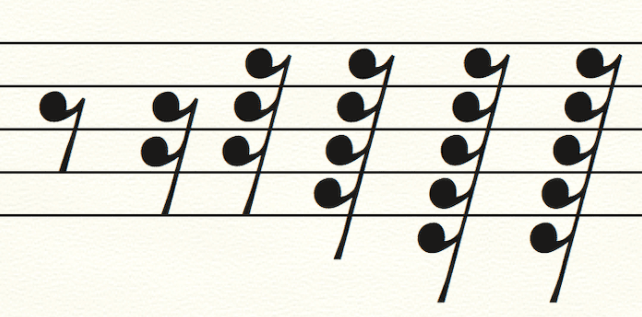
Summary diagram: notes and rests
In order to make everything as clear as possible, we invite you to read our summary diagram which summarizes the correspondences between the values of the piano notes and the values of the rests:

The bars and the rhythm in piano notation
The bars on the staff
Bars are used to give the value of the notes, that is, how long the notes will last on the staff. When you play the piano, the bars are fundamental: they give the whole score its structure and define the way you will play the song or exercise.
They are located at the beginning of the staff (on the far left, just after the clef symbol) and are represented by two numbers one above the other.

The bottom number indicates the time unit (4 for quarter note and 8 for eighth note). The top number indicates the number of units (bottom number) per bar.
In the example above, 4/4 means that there will be 4 beats per bar. The quarter note is worth 1 beat, so there will be 4 quarter notes per bar. When a bar ends and another begins, this is symbolized by a vertical line on the staff, called a “barline”.

As mentioned above, the bottom number indicates the duration of a note. To better identify them, you can consult the following table which lists the correspondences between the durations and the associated note patterns:
| Duration (bottom number) | Note pattern |
| 1 | Whole note |
| 2 | Half note |
| 4 | Quarter note |
| 8 | Eighth note |
| 16 | Sixteenth note |
If you are interested in this topic, you can also read our article about piano pedals.
The concept of rhythm
It is also important to know the notion of rhythm when approaching the practice of music. Piano practice is in fact a succession of sounds and silence, the sequence of which forms what is called rhythm. This concept is therefore closely linked to the notions of time (or duration) of notes, rests and bars. It gathers in one word all these notions discussed before.
To better assimilate these concepts of bars and rhythm, we advise you to complete your reading by watching the following video:
The frequency of piano notes
Fundamental frequency
For the more mathematically inclined among you, you should know that there is also a system for recognizing piano notes by the frequency they emit. This unit of measurement, called fundamental frequency in music (or sound engineering), is calculated from the number of vibrations per second measured in hertz. This notion is closely related to the pitch of the note.
If a note has a fundamental frequency that has a specific value, then the same note in the octave above will have twice its value. The same note in the octave above will have four times that initial value (and twice the value before that). More simply, when we play the same note on a higher octave, we double its fundamental frequency.
For example, let’s play the note C in the middle of the piano keyboard. In the tempered scale, this piano note will have a fundamental frequency of about 262 hertz. Now, if we play the C that is one octave above, it will have a fundamental frequency of 523 hertz, which is double the initial value.
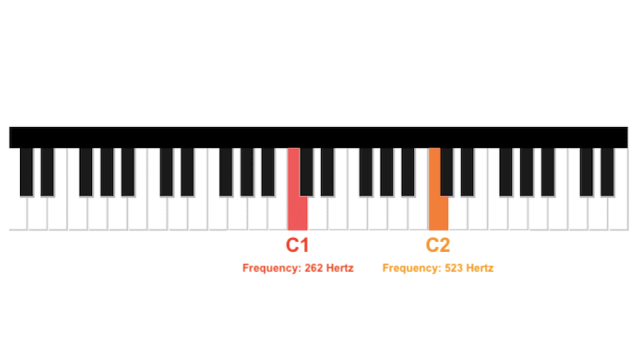
Summary table of note frequencies in hertz (tempered scale)
If you are interested in the frequency of each note, you can refer to the table below [For simplicity, we have rounded all the frequency values of the piano notes to the unit] :
| Notes / octaves | 0 | 1 | 2 | 3 | 4 | 5 | 6 | 7 | 8 |
| C or B sharp | 33 | 65 | 131 | 262 | 523 | 1047 | 2093 | 4186 | 8372 |
| C sharp or D flat | 35 | 69 | 139 | 277 | 554 | 1109 | 2217 | 4435 | 8870 |
| D | 37 | 73 | 147 | 294 | 587 | 1175 | 2349 | 4699 | 9397 |
| D sharp or E flat | 39 | 78 | 156 | 311 | 622 | 1245 | 2489 | 4978 | 9956 |
| E or F flat | 41 | 82 | 165 | 330 | 659 | 1319 | 2637 | 5274 | 10548 |
| F or E sharp | 44 | 87 | 175 | 349 | 698 | 1397 | 2794 | 5588 | 11175 |
| F sharp or G flat | 46 | 93 | 185 | 370 | 740 | 1480 | 2960 | 5920 | 11840 |
| G | 49 | 98 | 196 | 392 | 784 | 1568 | 3136 | 6272 | 12544 |
| G sharp or A flat | 52 | 104 | 208 | 415 | 831 | 1661 | 3322 | 6645 | 13290 |
This table shows that each time we go up an octave on the same musical note, the frequency in hertz that it emits is doubled.
We’ve just seen the basics of reading piano notes on a piano score. Now you can learn hundreds of easy songs on the piano with just this beginning lesson!



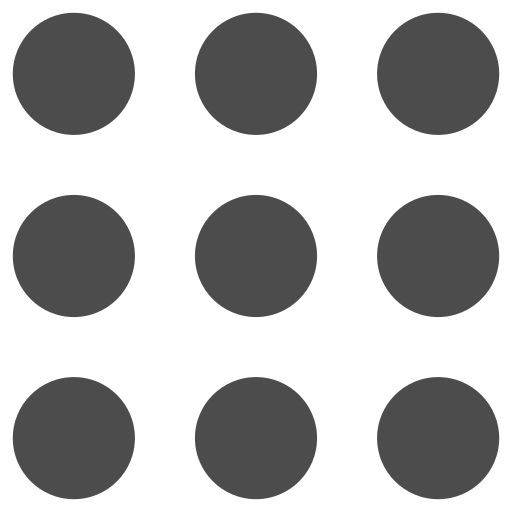
 PianoConvert
PianoConvert
 GuitarConvert
GuitarConvert
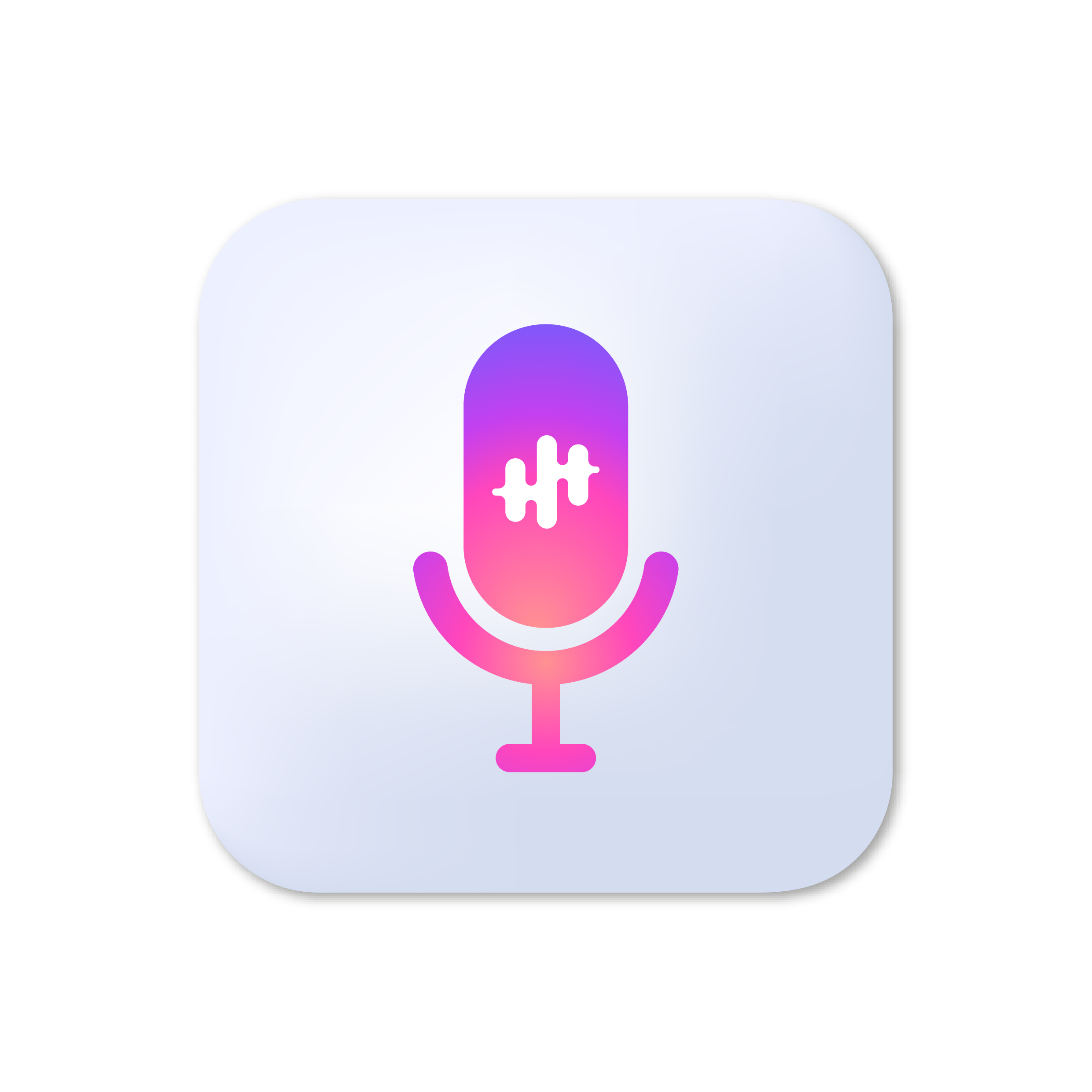 SingConvert
SingConvert
 BandConvert
BandConvert
 DrumConvert
DrumConvert
 ViolinConvert
ViolinConvert
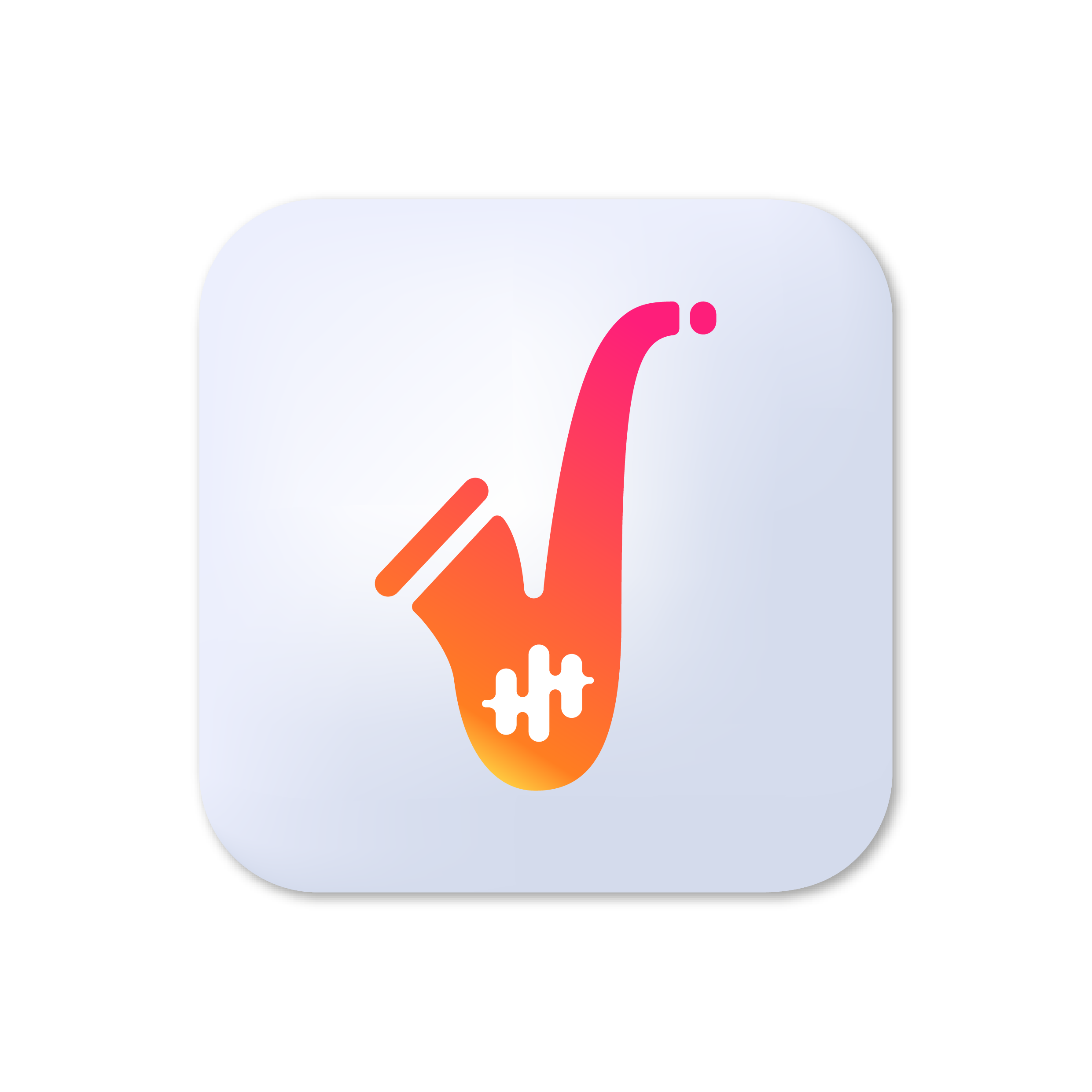 SaxConvert
SaxConvert
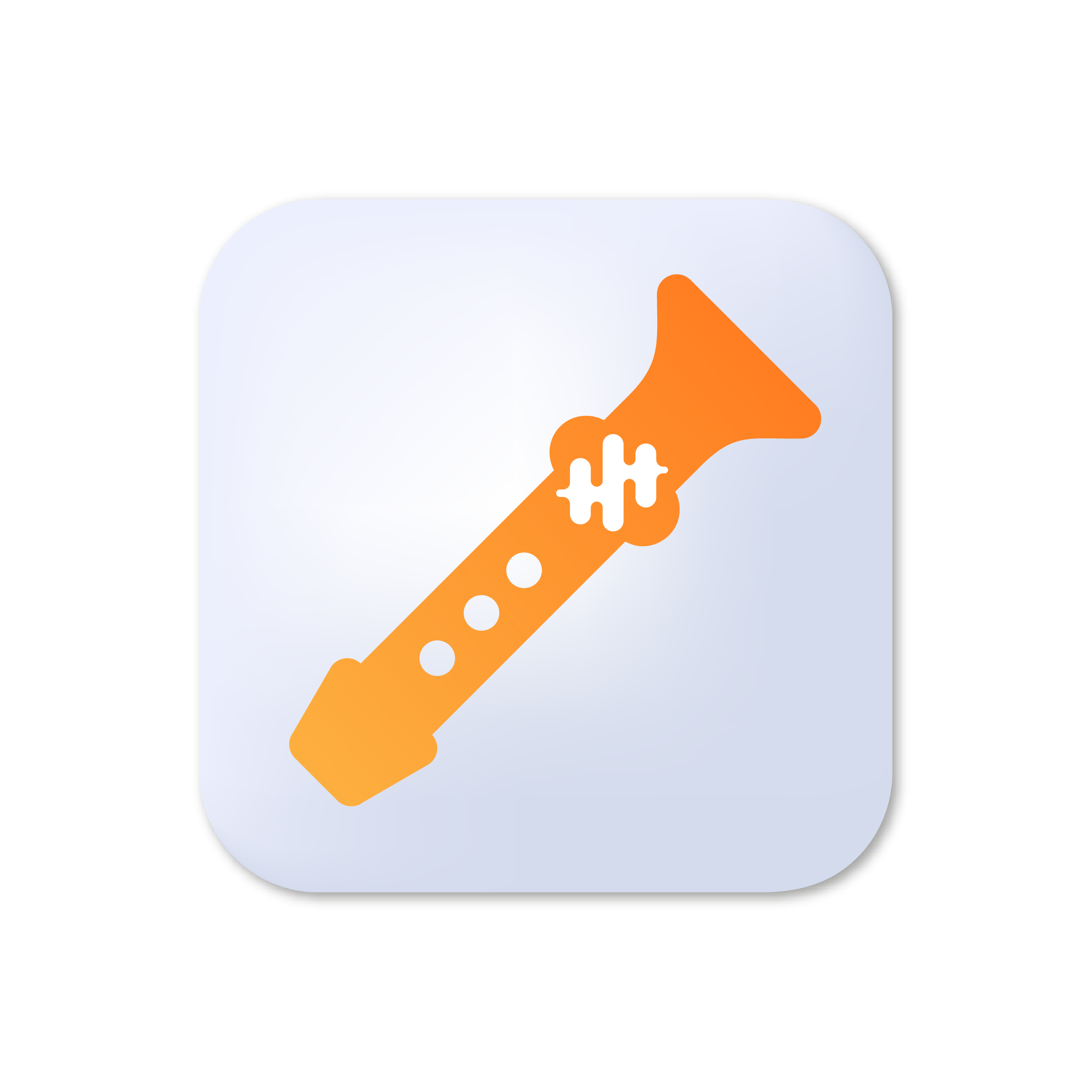 FluteConvert
FluteConvert
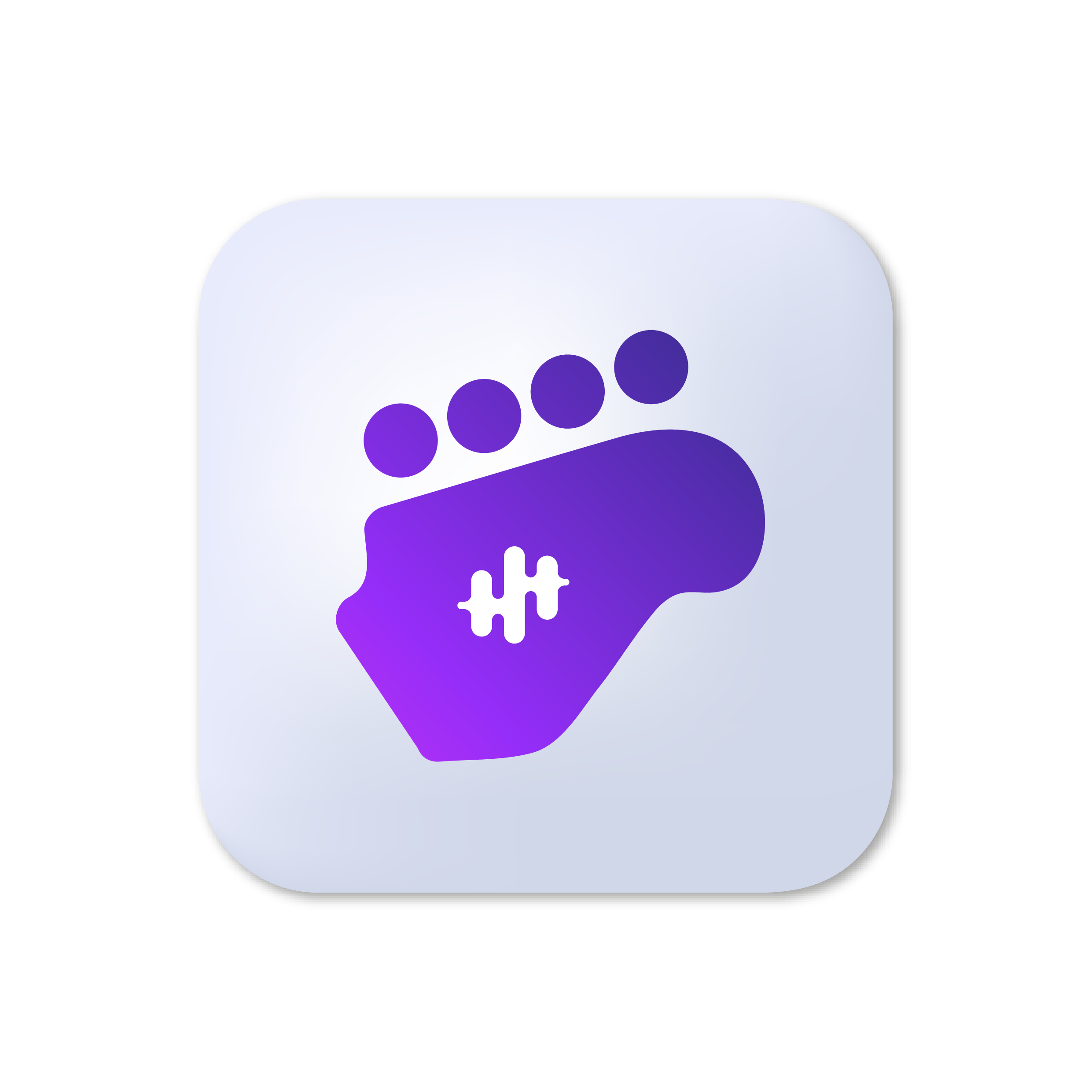 BassConvert
BassConvert
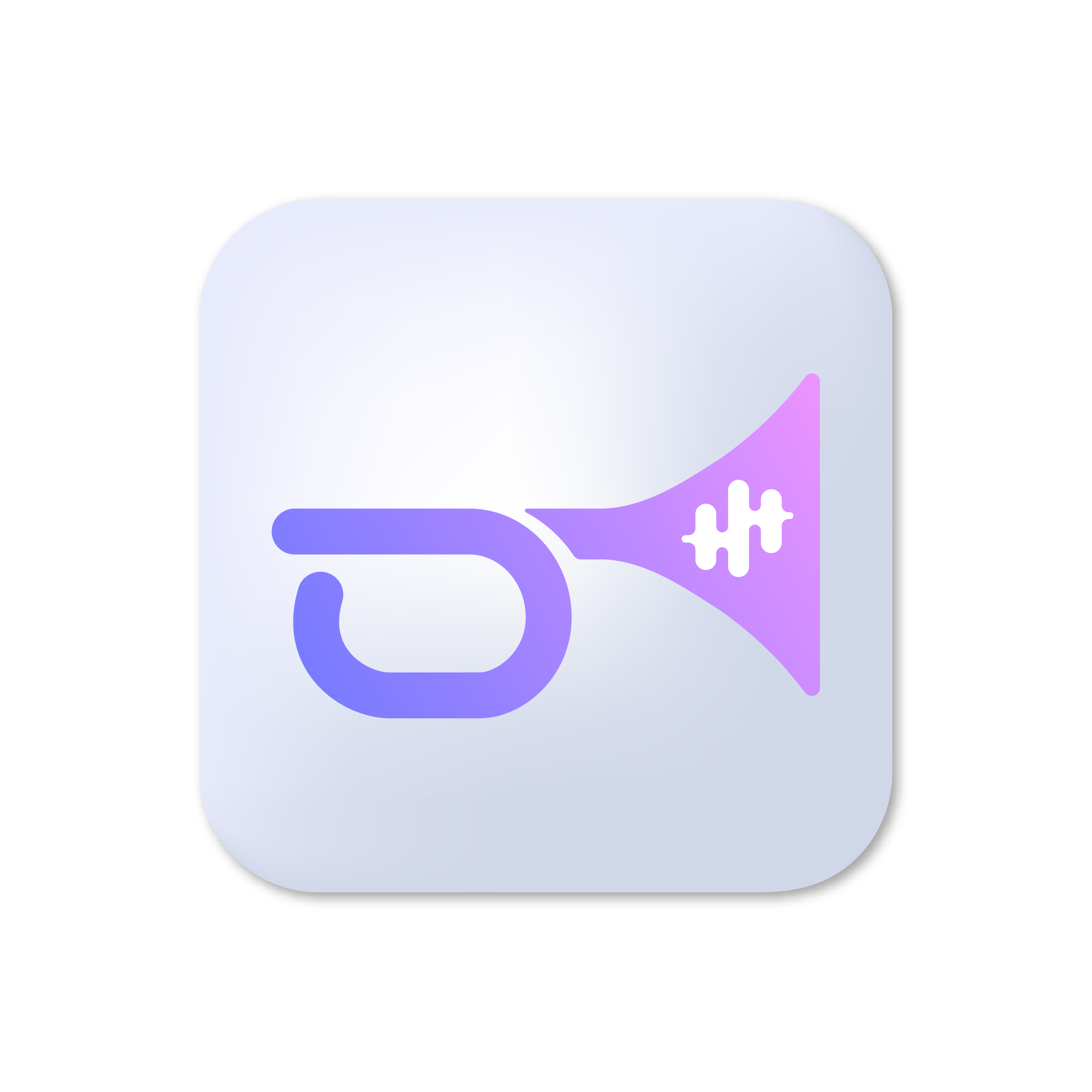 TrumpetConvert
TrumpetConvert
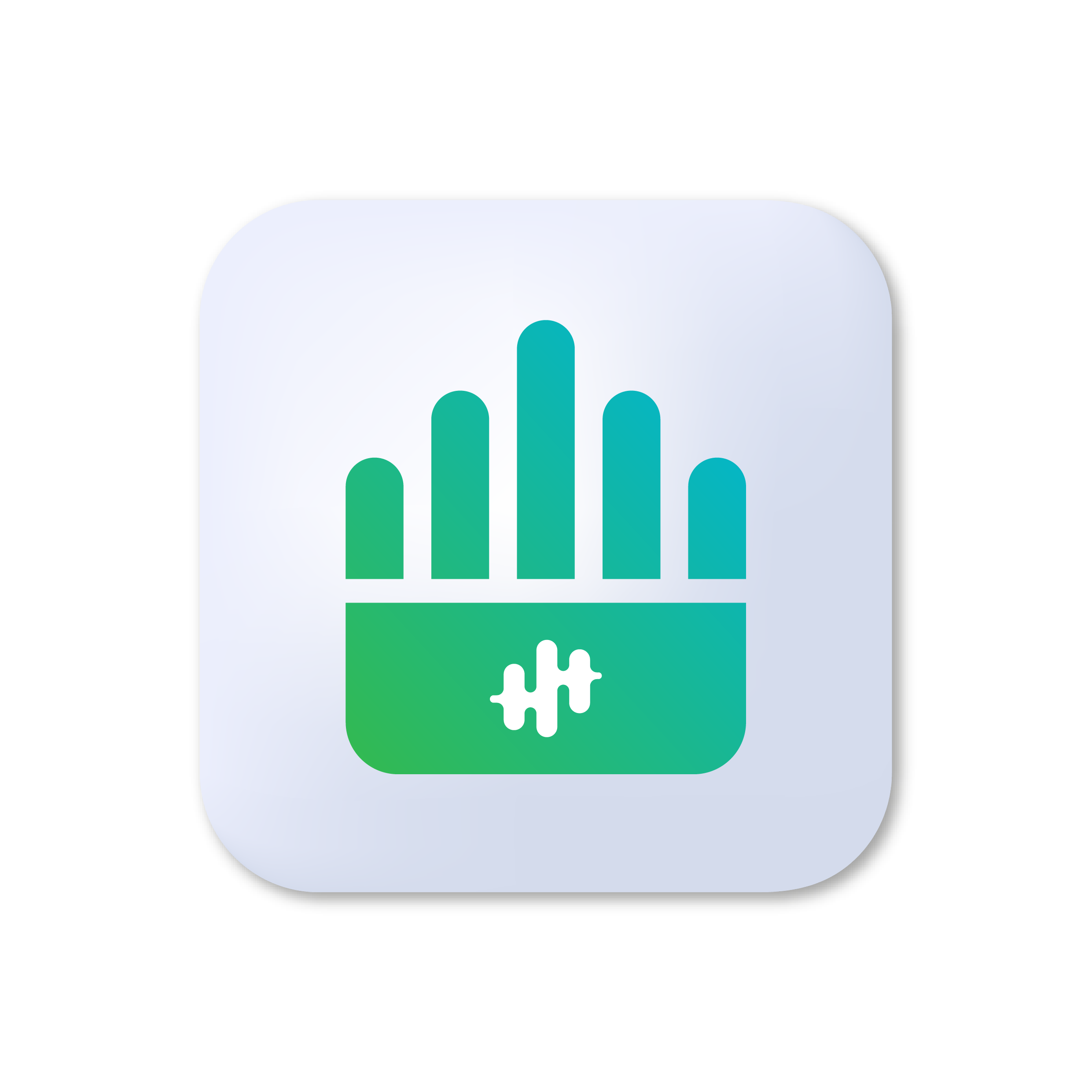 OrganConvert
OrganConvert
 PianoGo
PianoGo
